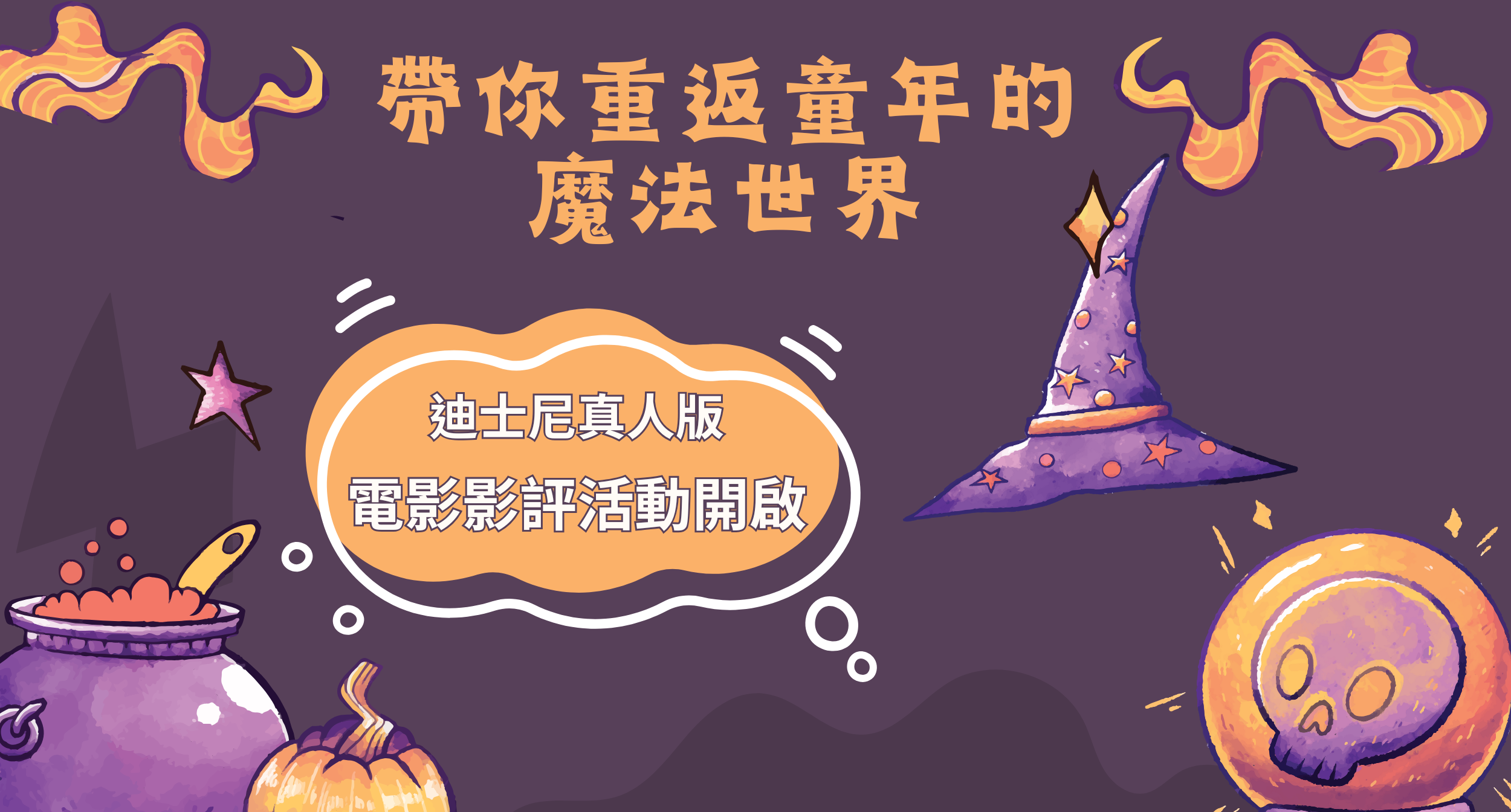http://www.eisland.com.tw/Main.php?stat=a_suTJtK2
"The world is more malleable than you think and it's waiting for you to hammer it into shape." -- Bono. Le
這是一間全世界最會開動腦會議的公司—IDEO,他們訂定了brainstorm的7個原則:
- Defer judgment 不批判
- Encourage wild ideas 想法要夠野
- Build on the ideas of others 讓想法長出另一個想法
- Stay focused on the topic 不離題
- One conversation at a time 一次一個人發言
- Be visual 想辦法讓人看見
- Go for quantity 越多越好
這也是一間把設計思考引進商業世界的公司。為什麼非設計思考不可?這個月的英語實驗室,IDEO創辦人David Kelly與Tom Kelly親自談怎麼打造創意文化,請把你找到的解答,註記在雜誌裡。
INC. 雜誌授權
文/LEIGH BUCHANAN

Everyone is born creative, but schools and jobs and the hegemony of the conventionally minded steamroller it out of us. So argue David and Tom Kelley, who as leaders of iconic innovation firm IDEO have unparalleled cred on this subject. In their new book, Creative Confidence: Unleashing the Creative Potential Within Us All, the brothers urge a universal uncorseting of our creative selves. Editor-at-large Leigh Buchanan spoke with the Kelley brothers about how companies can tap this undeveloped human resource.
![]()
Define"creative confidence."
Tom: Creative confidence is the natural human ability to come up with breakthrough ideas combined with the courage to act on them. The courage turns out to be a really important part. Because lots of people have these ideas in passing but are too timid to put them into action.
David: Or afraid of the reactions they will get from the people when they do.
Why hasn's companies’obsession with innovation and risk-taking translated into greater creative confidence among employees?
Tom: Culturally we're trained--in business schools at least--to trust the analytical side and to trust the things you measure. And most companies are measured on this short-term stuff. To do the breakthrough innovations, sometimes you have to defer gratification. You've got to take a leap that may not pay off today or this month but that builds your brand and builds your company for the future.![]()
If playfulness and experimentation are important to creativity, should managers think differently about scheduling and deadlines?
Tom: When people get creative confidence they focus more on iterations, doing experiments. Thomas Edison said that one of the greatest measures of your ability is how many experiments you can do within 24 hours. There was a leader from a financial services firm who went to the d.school. [Stanford's institute of design, founded by David Kelley.] He said, when we launch a new product it takes six months for planning, two months for visual representation of the framework of web pages, and two months for productizing a new online service offering. When he went back to his day job he said, starting next week I'm going to give them a day to do the whole thing. Then I'm going to give them an extension of a few more days. We will still make our deadline. But I can be on the twentieth iteration instead of the first iteration. And it will be better.
David: You can have a deadline and have a first not-that-great idea and get it done. The trick is to get as many iterations in and as many generations in as possible before the deadline. Deadlines are kind of arbitrary anyway. I can spend the rest of my life designing a wastebasket and just keep making it better. You run out of time and budget. In our world it's just how many iterations can you get done given that they call time? In the Launchpad class at Stanford [where Kelley is a professor] students have five weeks to get a product live in the world. It's amazing what students can get done in that time.![]()
Does virtually every conscious choice a person makes to change something involve design on some level?
David: Once you have that kind of design bias, everything you do is with intent. You wrap a present for somebody’s birthday or how you decide to get somewhere. It's all design. If you look around, everywhere there has been some decisions made about that object or about that experience. We notice that people do things with intent. They decided to do it this way as opposed to letting it happen to them.
You advise getting out into the field, observing potential users or customers. Who in the organization should do that? Just product designers? And how often do you have to observe a particular behavior before you consider it pervasive enough to address in your design?
Tom: In response to who does it, the answer is everyone in the organization. In response to how many: just to be clear, we're not sizing a market. We're not saying 82% of people do it this way or need this. You are looking for inspiration. And for inspiration, one person can be enough. In the book we talk about the team from a non-profit called Embrace going out in rural India with the prototype of an infant warmer for premature babies. They find this one woman who tells them that in her village they think Western medicine can be too potent. The product is supposed to be set to warm the baby to 37 degrees centigrade. She will only go to 31 or 32 degrees, just to be "safe." They changed the design based on a sample of one. Because lives were at stake.
How do you make intuition coachable?


 留言列表
留言列表


 {{ article.title }}
{{ article.title }}